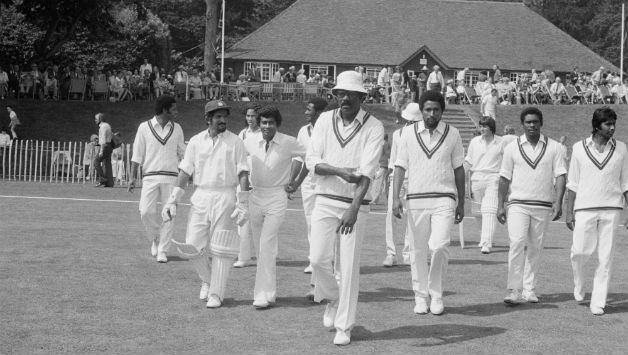
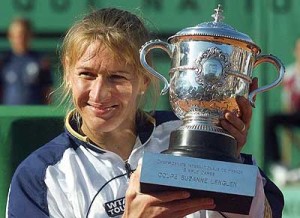
As a teenager, I played tennis with friends, both male and female. Mostly we played with whoever was available to toss a ball, but during grand-slam season we became acutely aware that men and women did not play each other in the competitive form of the sport. In fact, they did not really play the same level of the sport: the men’s championships could require them to play 5 sets, but the women’s championship assumed women couldn’t play more than 3. After every grand-slam we had the same argument: did female athletes really need their own separate category in these tournaments? Could they really not hold out for 5 full sets? Were women ‘naturally’ limited by their sex or could Steffi Graf beat Andre Agassi on a given day? To frame that differently, if Pete Sampras could occasionally lose to Agassi, why couldn’t Graf?
As teenagers, we were only beginning to understand our bodies and its limitations. This difference in professional sports became an important question for us, and we began to test this hypothesis on the court: we only played against a member of the opposite sex, and almost never played mixed doubles. Soon sexisms and gendered insults were hurled across the court, and if you couldn’t take it, you were just a ‘bad sport.’ Those who did not want to compete were written off for their lack of loyalty to people of their sex, and those who lost were ridiculed for not measuring up. While girls were complimented for ‘playing like a boy’, boys who lost were castigated for ‘losing to the girls.’ On occasion, our gender-wars took more aggressive dimensions. There was the time when the boys became obsessed with the idea that our knee-length skirts limited us. In response, we challenged them to a game, losing which they would have to play a game in our skirts. They did lose and quickly become objects of ridicule for the older men on the court and for the male coaches. The word ‘skirt’ was deployed for a time to induce shame among the boys. In response, the boys began to play a more aggressive game.
That court was an anthropologist’s haven. Looking back, I realize that ‘the girl’ was the anti-thesis of ‘the athlete’. ‘The girl’ was weak, passive, shy and lacked acuity on the court. ‘The athlete’ on the other hand was strong, confident, resilient, sharp and aggressive. The boys were expected to possess these traits, whereas the girls were required to learn them. The game itself became a test of masculinity for the boys, and a stage to perform this masculinity for the girls. Interestingly, the male players could carry this image home, while the ‘female athletes’ were forced to shun the ‘athlete’ and become ‘the girl’ once the last ball had sailed across the net, and the game was declared over. Off-court, ‘the athlete’ lacked the power ‘the girl’ had.
So why does masculinity dominate a court, or a stadium, or an arena, or a field? Where then does the female athlete fit in? Who is marginalized in the arena of competitive sports? And more importantly, how should feminism view this hegemonic masculinity within the world of sports?
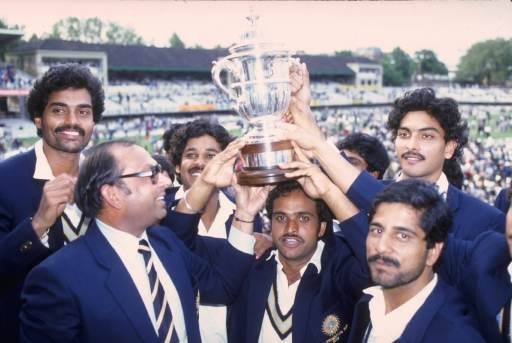
Etymologically to sport is to entertain or amuse, and a sport is an activity that offers pleasure, enjoyment or relaxation. It is not uncommon to dissociate this entertainment from the complex politics around it, and to view sporting events as insular spaces where social identities are temporarily suspended. Very often opening ceremonies of international sporting events like the Olympics reflect this ahistorical ideal, framing the sport as a means to ‘peace,’ ‘unity,’ ‘equality’ and ‘non-violence,’ all of which are vaguely defined. However, researchers like Jackie Hogan (Staging the Nation) show that the realm of sports is a dynamic social space, where social identities are constantly constructed and experienced through the bodies of the performing athletes.
Historically men have dominated sports, and the body through which the audience has learned to experience the entertainment offered by sports is a male body. Sporting events have created homo-social spaces where male dominance is unchallenged, reinforced and secured. But within these homo-social spaces certain types of masculinities, often shaped by the history of the sport itself have come to define the ideal male athlete for that sport. While a game like tennis does not demand aggression, a game like American football creates a homo-social space that paves the way for aggressive, passionate, militarized male identities. This space is also a ‘heterosexual’ space forcing male players with non-heterosexual orientations to be secretive about their sexual lives. This hegemonic masculine identity marginalizes all other male sexualities. Studies show that the Gay Games are never televised with the same boisterous enthusiasm as games played by men assumed to be heterosexual. In fact, in a paper on hegemonic masculinities, Michael Messner, an American sociologist who studies sports and sexualities, observes that the 1986 Gay Games were televised as a cultural event, not a sporting event.
Sporting events often have violent histories. Warfare when not being employed to conquer or subjugate nations was displayed in arenas as an art across the globe. In India, Kalaripayattu, Mal-Yuddham and archery have origins in successful warfare techniques. Similarly, sports with non-militarized histories have been exported from the playground and used as tools of subjugation. Since men played these sports, it often perpetuated the development of gendered nationalisms, situated in men’s bodies: male nationalisms. The British often used cricket to establish the superiority of the British gentleman over the colonized male. In India and in other colonies, the nationalist movement responded by adopting the game as a subversive tool to resist this hegemonic masculinity. In the postcolonial period, the male cricketer began to embody a gendered nationalism that sought to regain some of the lost male pride.
This was evident to me when I watched cricket in the 1990s with my father. He often talked about the 1970s when West Indies under the captaincy of Clive Lloyd dominated the scene. Viv Richards was a favorite; still is. My father was very proud that a dark race and a poor nation could defeat the white colonizer so skilfully at a game that was their own. Only the 1983 Indian victory meant more to him. We don’t discuss cricket as much anymore, but I know he remains very loyal to West Indies, perhaps for being the first colony to master the colonizer’s game so skilfully and then defeat them at it so eloquently. As the above trailor from Fire In Babylon might show, thousands share my father’s pride. But while we can easily recognize the racial, ethnic, national pride that cricket evokes, we often forget to see that this pride is also gendered. Maybe it is because women’s cricket as a sport is largely invisible. But perhaps also because women are largely marginalized in all arenas: the white woman is not really viewed as a the colonizer, the white man is. So women’s cricket is denied a historical significance that men’s cricket has.
Sporting events tend to view female bodies differently. In ancient Greece women were allowed to engage in spectator sports; the Heraean Games were conducted before the Olympics. But while men were allowed to take pride in the aesthetics of the male body and compete naked in the Olympic games, women were required to cover their genitals and breasts. In addition, married women were not allowed to compete in the games. Not many ancient civilizations show evidence of female participation in sporting events. With the rise of empires, public spaces became more and more masculine, and spectator sports, a public event, followed at its heels. There are notable exceptions: Chinese women played Cuju, an ancestral form of football, under the aegis of specific Chinese dynasties, and women in Europe were allowed in the 18th and 19th centuries to get physical education in schools, akin to men. In the late 19th century and early 20th century, women began to pave their way into mainstream sports, and have ever since begun to engage in creating their own niche within this realm.
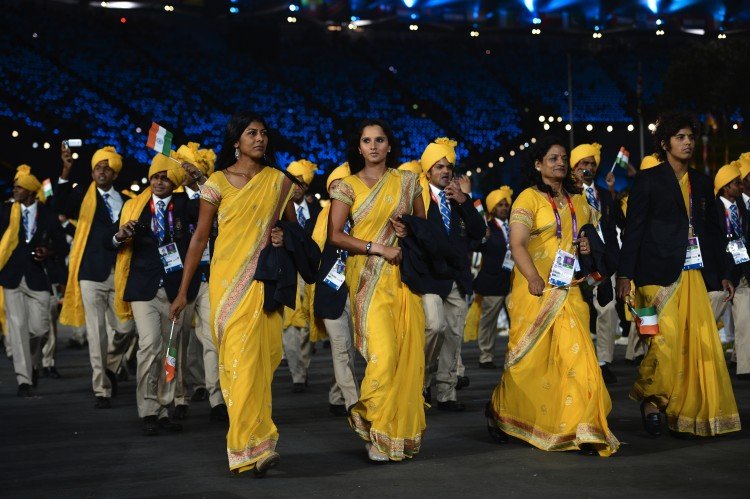
But assumptions about the physiological differences between men and women, and women’s ‘natural’ potential has dictated the organization of women’s sports, and also policed women’s behaviour on and off the playing field. While women very often participate in the same events as men, these events are often toned down or made less challenging because the female body is assumed not just to be different, but ‘inferior’. There are also marked differences between the traditional constructs of the female body, and the construct of the ‘athlete’s body’ forcing women very often to choose between one or the other. Several women, who compete in school-level sports, are not allowed to pursue it for fear that their bodies will become defeminized. Other women embody the ‘athlete’ on the field, and the ‘traditional woman’ off the field, almost in an effort to compensate for the temporary loss of femininity while playing. Even disabled bodies are subjected to this gender bias, and while disabled male-athletes are marginalized by non-disabled athletes (male and female), disabled female-athletes are even further side-lined.
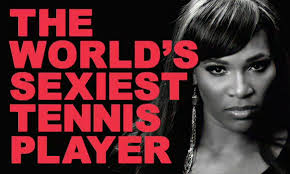
The media reinforces these gender biases in the way it chooses to cover women’s sports. In some sports like cricket, the women’s team is hardly ever mentioned. In other sports like tennis, where the women’s game is widely featured, women are often trivialized and infantilized. Messner writes that televised sports commentaries are more likely to refer to women as ‘girls’ than they are to refer to the men as ‘boys’. Women’s achievements on court are framed ambivalently, he writes. Their display of strength, aggression or confidence continues to generate surprise, and their bodies however non-traditional or muscular, are subjected to the male gaze and often objectified. (If you Google Serena Williams, whose tennis is spectacular, you will find that the first images that turn up hardly show her playing the game.)

Hegemonic masculinity can wreak havoc even within women’s spaces. While men enjoy more power than women as a group, it must be noted that women can enact masculinity in order to gain more power within their own homo-social space. Such enactment isolates female athletes, who aside from their careers enjoy traditional feminine roles. Indian boxer Mary Kom was seen as being anomalous for excelling at a ‘masculine’ sport, while simultaneously enjoying a ‘feminine’ role like motherhood. However, when women do enact this masculinity very convincingly, it becomes necessary for their bodies to be subjected to genetic testing that will prove their gender. Sporting events are more concerned with maintaining their ‘purity’ than with the discrimination the athlete might suffer within the sporting community, in their home country and in their homes.
Feminists have engaged with this hegemonic masculinity by addressing the need to increase female participation, improve their representation in the media and to make the realm of sports more ‘feminine.’ Personally, I would prioritize that concern. While it is important to pave the way for more women (and this might in fact force sporting events to create more visible female spaces), it is in fact more important to deconstruct hegemonic masculinities. We must remember that bodies aren’t just male or female; and even if they are they don’t always behave like we assume they will. The disparate power between the athletes cannot be addressed, unless the arena of sports addresses its old habit of normalizing all events, performances and bodies around the ideal male-body. This is possibly the only real way to create not only equal opportunities for women and other marginalized sexual groups, but also construct inclusive spaces that will accommodate all human bodies that want to play the sport.